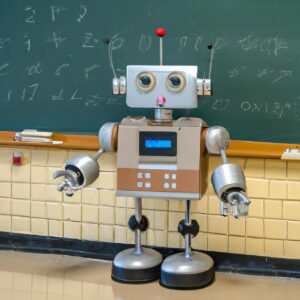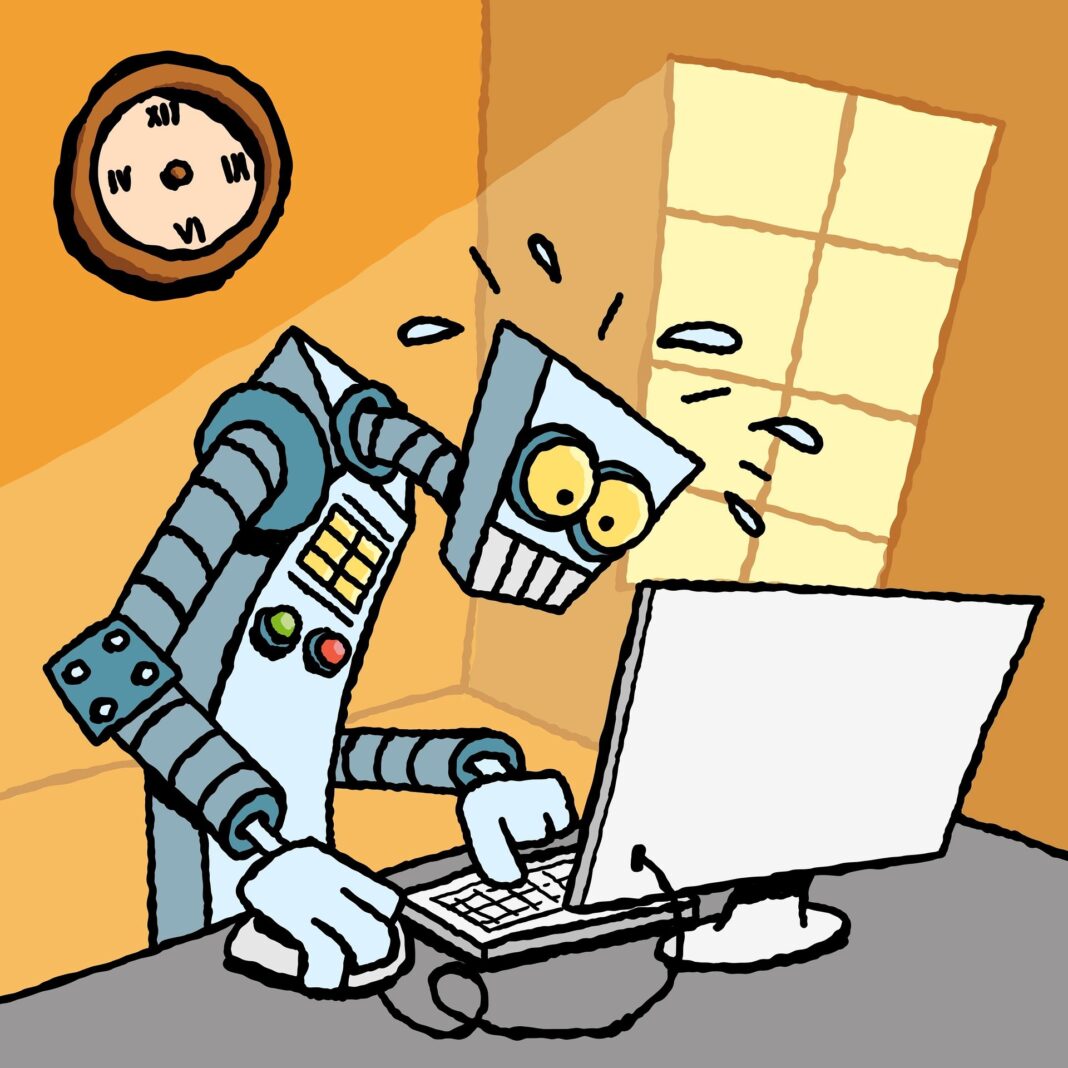The rise of AI in the last 2 years has brought substantial changes to everyone’s lives. AI is being used everywhere, whether it be supporting academic growth or assisting one in their professional work. AI has been a topic of debate in the education system, considering its ability to aid students, but also become an answer key. While the perspectives on AI range from for to against, the increased use of AI is starting to unravel some difficulties for both teachers and students. This article will explain the multiple facets of AI in education and how its future can continue to affect us students in both ways.
Learner’s Perspective:

AI’s ability to personalize its response in the context of the student makes it easier for individuals to grasp onto topics and clear any questions they would have. While some students like learning from in-class lectures, many struggle to keep up or do not comprehend the teacher’s style of teaching. Despite such educational barriers, students can learn with AI through uploading course content and having it explained to them in any way desired. These capabilities allow students to feel confident in their learning while being able to learn more in less time. Before AI was incorporated into our daily lives, textbooks, teachers, and friends were the only options and therefore our generation may have more potential to unlock new streams of knowledge. The assistance of AI continues to allow students to perform active learning. AI tools such as ChatGPT, MindGrasp, Copilot, Gemini, Grammarly and many more have become an active part of efficient and effective learning.
Educators Perspective:

AI has also benefited teaching, in which creating and presenting course material has become more efficient over the past few years. Teachers often use AI to support needs such as creating presentations and assignment descriptions or detecting plagiarism. A rising concern for educators is being able to detect plagiarism and the use of AI in students’ work. While AI is a useful learning tool, its misuse can inhibit the academic progression of students. AI such as Turn It In, Plagium, Copyleaks, Quilbot, etc., are some of the most commonly used software that use AI to detect AI.
What Does This Mean for The Education System?

The issue of students using AI as a shortcut rather than a tool is concerning for the educator’s side of the system. While the easy solution is to advance AI detection software, the advancing AI may be able to overcome the detection barriers, leaving teachers helpless. Conversely, the advancement of AI detection can become an issue for students to prove their originality if falsely accused of using AI. The battle between AI in favour of either learners or educators is only making it more difficult for classrooms and the education system.
What Are The Solutions?
- Teachers are using a new learning approach of using process-based assessment rather than assessing a student’s final submission. Dr. Michael Paskevicius, a professor at UVic, describes this strategy in an article where he claims that examining the learning process will enhance the authentic teaching done by teachers.
- A common approach seen in classrooms is explaining the consequences of AI use in assignments, however, this strategy can be too general and not as effective at times. Using words and severe consequences may only scare students however teachers tend to use such strategies in classrooms to efficiently explain the message.
- Another solution for the issue of false accusations of AI use is developing more trust in the bonds built between educators and learners. Teachers often forget that AI detectors can provide false positives and therefore trusting the detector over the student can disrupt a students hard work.
- For students, the solution is not to stop using AI because AI is important to keep up with the advancements and level of understanding one can develop throughout their lives.
- A solution towards AI in education can also involve encouraging AI use and developing a system where AI is integrated into learning to enhance the process of learning. For instance, handing out large assignments that can easily be done by AI is not as effective as allowing students to use AI to access information and then analyzing their developments in class.
Conclusion:
The rising concern of AI in the education system can not be solved with one idea, but rather requires intense analysis and attempting to develop the best strategies to move forward. Undoubtedly, AI has assisted teachers and students in their jobs and despite all the concerns it raises for both parties, its main purpose can contribute to an enhanced and intellectually powerful society.

